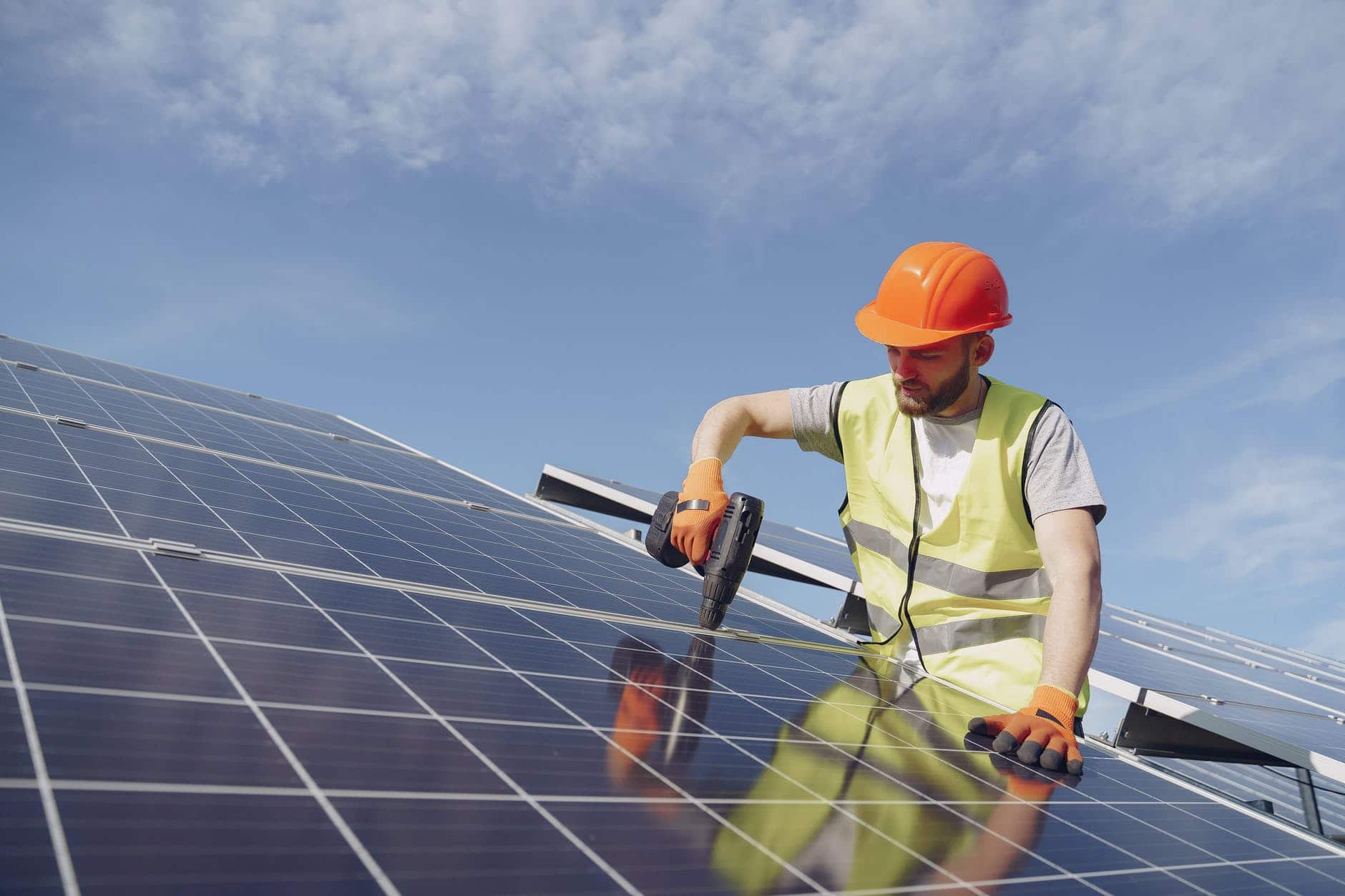
3 considerations for domestic energy storage
40% of the UK’s emissions come from domestic households. The majority of these emissions are generated by the use of gas boilers. For that reason, looking at alternatives for domestic energy storage is vital to reaching the goal of net zero by 2050. In pursuit of this, the government are targeting no gas in new homes by 2025.
It’s estimated that utilising renewable energy and domestic energy storage could help a single household to reduce carbon emissions by between 1.2 and 1.6 tonnes per year. When you consider that the average household emits around 2.7 tonnes of carbon per year purely from heating their home, moving to this type of energy model could have a significant impact on the UK’s emissions.
So, the benefits seem pretty clear. But with that in mind, what are the most important considerations when it comes to domestic energy storage?
First, let’s look at what domestic energy storage entails.
Renewable energy and on-grid storage
Low-carbon or “clean” energy for homes is generated using a renewable energy source. This could be wind or hydro turbines, but most commonly, solar photovoltaic (solar PV) cells are used. When combined with an energy storage medium, the solar PVs generate and store electricity at times of high supply and low demand. This is then stored, the household uses what it needs, and the surplus is exported back to the grid.
How it works
- Electricity is generated from a renewable source
- A charge controller is used to divert spare electricity from the renewable energy source to the battery
- The electricity is stored in a bank of cells in the battery to use in future
- An inverter is then used to convert the electrical current from DC to AC so it can be used in the household
There is also the option of storing energy as heat – either by connecting the renewable energy source to your hot water cylinder, or connecting the source to a thermal store.
Cost vs savings
Renewable energy and domestic energy storage have no hope of being widely adopted if the costs outweigh the benefits and the savings that are realised as a result of implementing it. Although some environmentally-conscious households may view the overall benefit to society as outweighing the cost to them, for many, the cost will be a key consideration in implementing this kind of technology.
It’s also worth considering that the cost of renewable energy is actually falling. Between 2010 and 2019, the cost of solar PV globally dropped by 82%. As we continue to improve this technology and understand more about how it can be made more efficient and cost-effective, this cost is likely to continue falling.
Potential savings
Typically, this type of system is used to access preferential rates for energy – i.e. by feeding surplus back into the grid, you are offsetting the amount of energy you use and you will be compensated/rewarded accordingly. The way that these payments are calculated is based on how much energy is generated and how much is assumed to be used in the home, rather than how much you export. This means that utilising energy storage to store some of the surplus energy and using it another time, rather than redistributing it to the grid, still offers the same cost benefits to homeowners as they are paid the same for their energy export.
Costs
Here is a breakdown of cost for a typical energy storage system for a household:
4kWh battery = £5,000
Inverter = £800
4 kWp solar PV = £6,200
Source: https://energysavingtrust.org.uk/home-energy-storage-right-me/
That’s a total initial spend of £12,000 – which may not seem all that much when you consider that a medium-sized house may spend £1,153 a year on energy bills. However, it’s important to note the lifespan of each of the parts of the system. A battery’s useful life is determined by the number of charge and discharge cycles it completes – over time, the battery will degrade and you will get less kWh per cycle. A 4kWH has a lifespan of around 9 years, an inverter around 12 years, and solar PVs 25 years. So, if we’re looking at the cost over the entire lifetime of the system, this could amount to as much as £22,800.
Extending the lifespan
It’s clear then that one of the ways we can endeavour to improve the uptake of domestic energy storage is by reducing the potential costs. One of the ways we can do this is by extending the useful lifespan of the battery. Extracting longer useful lives out of batteries not only has financial benefits but also environmental ones – producing lithium-ion batteries does have an environmental impact.
Research strongly suggests that mechanical compression on a LI-ion battery can increase the life cycle of the battery and improve discharge capacity by 10.8-19%.
Elmelin’s proprietary Compression Pad Plus technology can be used in battery cells and packs to allow them to “breathe” whilst applying enough pressure to maintain ideal electrical and thermal conditions. We are continually working to improve the effectiveness of this solution in a wide range of applications, including domestic energy storage. If you’d like to find out more, get in touch.
